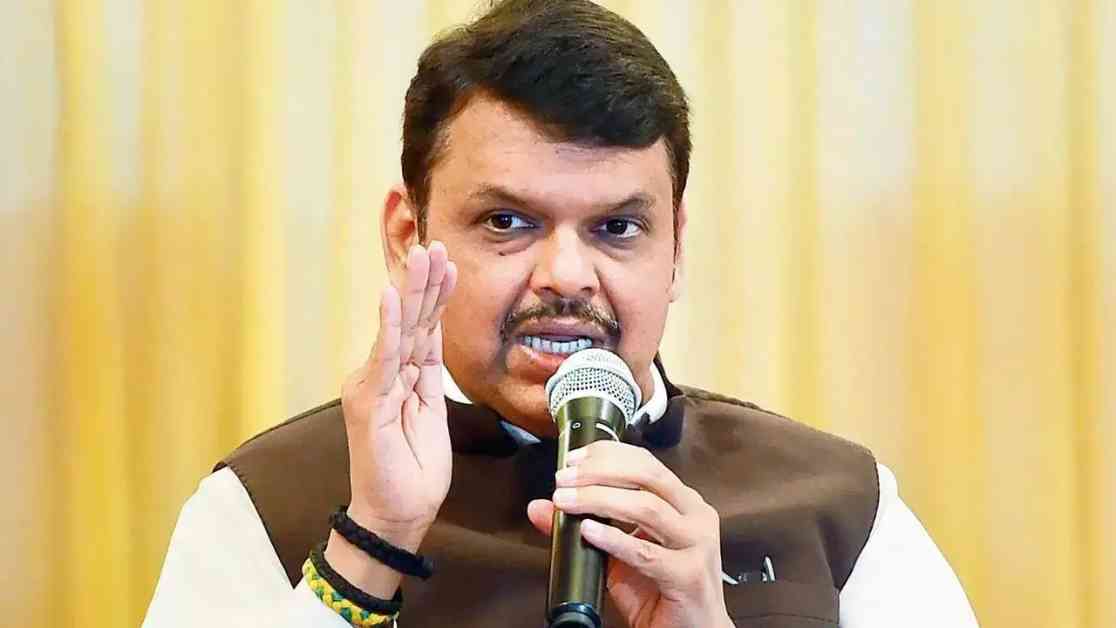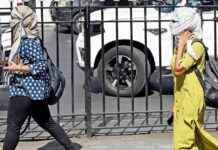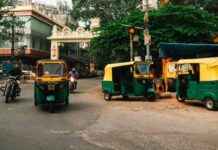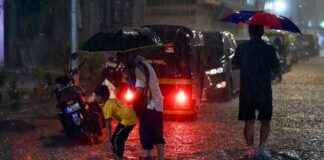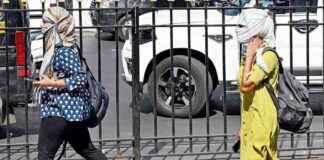Maharashtra’s Chief Minister, Devendra Fadnavis, has labeled the recent outbreak of violence in Nagpur as a “well-planned attack,” following an incident that left over 30 police personnel injured. The chaos unfolded during protests by the Vishwa Hindu Parishad (VHP) and Bajrang Dal, who were advocating for the removal of Mughal emperor Aurangzeb’s tomb in the Chhatrapati Sambhajinagar district. Fadnavis expressed his concerns in the Maharashtra Legislative Assembly, emphasizing that the dissemination of false information fueled the unrest, leading to the unfortunate situation.
In the midst of the turmoil, 33 police personnel, including three Deputy Commissioners of Police (DCPs), sustained injuries, with one DCP even facing a brutal axe attack. Fadnavis highlighted the seriousness of the situation by mentioning that several FIRs have been filed in connection with the violence, shedding light on the deliberate targeting of specific houses and institutions, indicating a premeditated plan behind the attacks.
To contain the escalating violence, curfew measures have been put into effect in various areas of Nagpur under Section 163 of the Bhartiya Nagarik Suraksha Sanhita (BNSS). This decision was made following an official notification from Nagpur Police Commissioner Ravinder Kumar Singal, and the curfew remains in place until further notice, encompassing key police station limits in multiple zones of the city.
The catalyst for the public uproar has been attributed to the recently released movie Chhava, which delves into the historical conflict involving Aurangzeb. While acknowledging the sentiments evoked by the film, Fadnavis urged for calm and emphasized the importance of upholding the rule of law, irrespective of religious or cultural affiliations.
In the aftermath of the violence, BJP MLA Pravin Datke, who visited the affected Hansapuri area, voiced his concerns about the orchestrated nature of the attack. Datke’s observations suggested a targeted approach, with Hindu-owned establishments bearing the brunt of the violence while Muslim-owned properties remained untouched, fueling suspicions of a coordinated effort behind the unrest.
However, amidst the chaos, the role of law enforcement has come under scrutiny, with allegations of inaction surfacing. Datke criticized the police for what he perceived as a lack of support towards the Hindu community during the tumultuous events, hinting at potential repercussions if law enforcement fails to address the situation effectively.
As tensions continued to mount, the Maharashtra Legislative Assembly became a battleground for heated exchanges between ruling party members and the opposition. While demands for the removal of Aurangzeb’s tomb echoed through the assembly, opposition leaders held the government responsible for the breakdown in law and order, signaling a deep-rooted divide within the political landscape.
In the face of adversity, Nagpur Guardian Minister Chandrashekhar Bawankule defended the government’s response, highlighting the challenges posed by the spread of false information on social media platforms. Bawankule commended the efforts of the police in maintaining peace and protecting the community, despite facing significant risks and casualties during the turmoil.
As the repercussions of the Nagpur violence reverberate across Maharashtra, the need for unity, understanding, and a commitment to upholding the fabric of society has never been more crucial. It is a stark reminder of the fragility of peace and the collective responsibility we all share in safeguarding the harmony of our communities.
